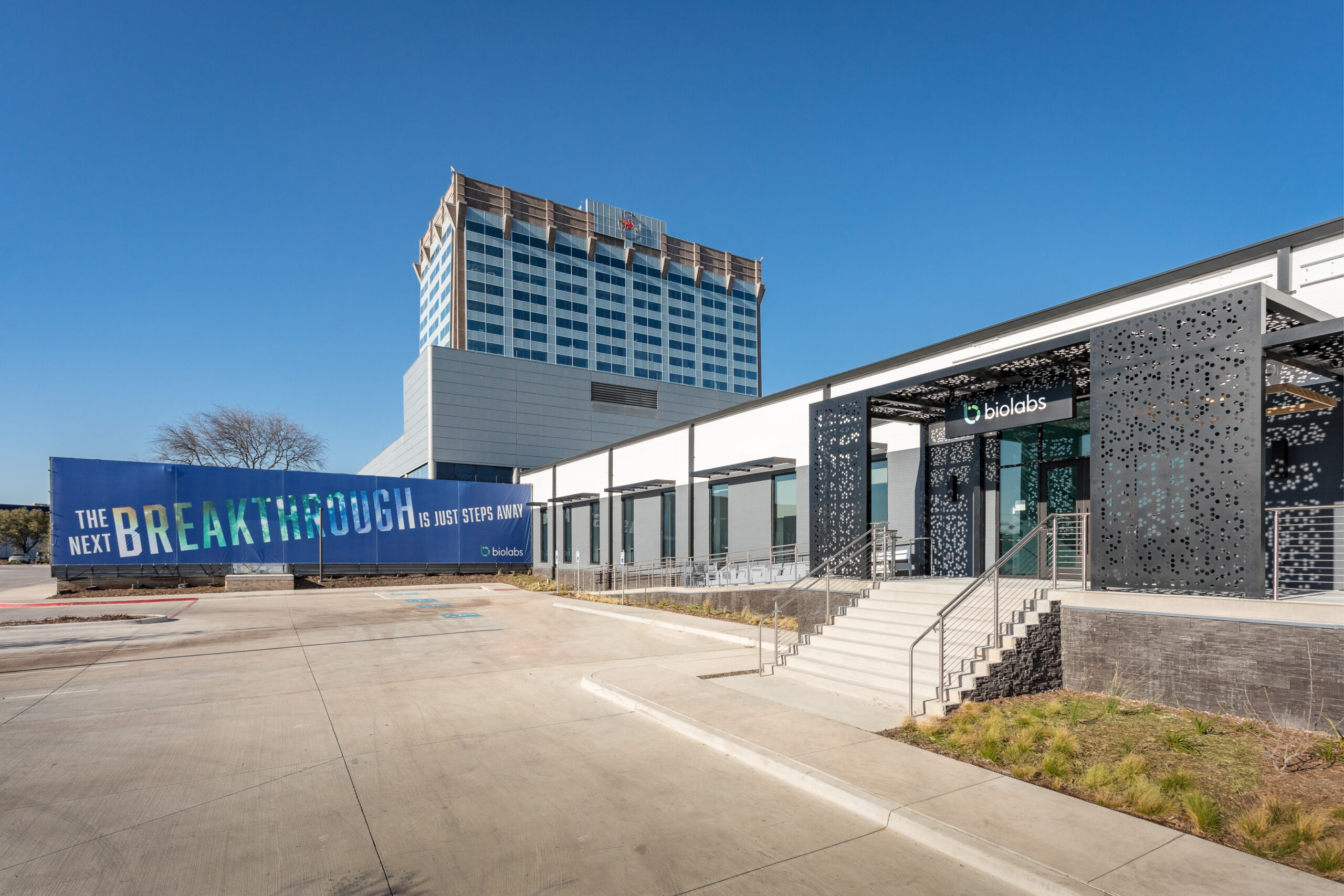 It’s been one of those stretches when I’m on the road more often than I’m home in Boston, or at least that’s what it seems. One of my recent stops was New York City for Cancer Care at the Crossroads, a summit on innovation in cancer care delivery featuring leaders in the field from across the globe. The launch of the Oncology Care Model is just one example of the many efforts underway to address the complex medical, behavioral, and social needs of people living with cancer.
It’s been one of those stretches when I’m on the road more often than I’m home in Boston, or at least that’s what it seems. One of my recent stops was New York City for Cancer Care at the Crossroads, a summit on innovation in cancer care delivery featuring leaders in the field from across the globe. The launch of the Oncology Care Model is just one example of the many efforts underway to address the complex medical, behavioral, and social needs of people living with cancer.
Among the leaders at the event in New York was Dr. Harold Paz, Chief Medical Officer for Aetna. As part of his opening remarks, Dr. Paz stated that Aetna’s big data scientists have confirmed the important role of the social determinants of health, which are the structural conditions in which people are born, grow, live, work, and age. Aetna’s own internal analysis shows that social determinants drive 40% of health status for their members – far and away the biggest driver, compared to health care and personal health behaviors.
After reminiscing about how social determinants used to be maligned as “soft science” in the medical field, Dr. Paz encouraged those involved in the broader healthcare system to recognize and embrace today’s understanding of how social determinants contribute to individual health and health equity. It’s an appropriate call to action, especially as we consider the change afoot in the industry today.

BioLabs Pegasus Park Cultivates Life Science Ecosystem
Gabby Everett, the site director for BioLabs Pegasus Park, offered a tour of the space and shared some examples of why early-stage life science companies should choose North Texas.
Let’s go back to the future of healthcare, via the Affordable Care Act.
As with many things related to transformation in clinical practice today, we can look to the Affordable Care Act for some insight into why certain things are happening now. At its core, the ACA was fashioned to expand access to healthcare via insurance coverage for many more Americans. At the same time, the ACA initiated changes in how healthcare providers are paid, in order to reward providers for good patient outcomes and lower costs.
It’s fair to say that the goal of these reforms was to achieve the “greatest good for the greatest number” of Americans. There are, however, some groups of patients with medically complex care needs who require intensive ongoing medical services coordinated across multiple providers, as well as behavioral, functional and social support. These are the patients who represent 5% of the American population and account for 50% of healthcare spending, according to the oft-cited statistic from the Department of Health and Human Services.
Oncology patients often fit the definition of medical complexity, and there are others; for example, children born prematurely or with rare conditions, or adults with substance use disorders who utilize the emergency department at extremely high rates. What is the best way to improve patient outcomes and lower costs for these complex patients? Experts agree that the best approach is a broad approach which links integrated clinical teams with social and community services.

BioLabs Pegasus Park Cultivates Life Science Ecosystem
Gabby Everett, the site director for BioLabs Pegasus Park, offered a tour of the space and shared some examples of why early-stage life science companies should choose North Texas.
We need to care for the social determinants of medical complexity, today.
If you’ve ever taken on the care of a loved one, you quickly realize the importance of non-clinical resources in supporting your loved one, yourself, and your fellow caregivers. It may seem like these members of the care team work in the periphery, but what they offer is actually critical to a patient’s success.
Similarly, social and community-based support staff deserve to be considered full members of the care team because they can change the trajectory for patients in amazing ways. This is even demonstrated in recent research by Dr. Elizabeth Bradley at Yale, which suggests that we need to broaden the debate beyond health care spending to include investments in social services and public health.
Commonwealth Care Alliance (CCA) is a national leader based in Massachusetts that has developed new care models extending beyond the medical walls of care. They deal on a daily basis with the challenges of coordinating an individual’s medical, behavioral health, and support service needs. CCA’s clinical programs wrap-around patients with clinical and non-clinical resources, leveraging innovative services such as community paramedicine and incorporating neglected elements such as dental care. The models developed by CCA have resulted in significant cost savings in the care of the state’s most complex patients.
It’s important to shine a light on the success of groups like CCA, because I believe it’s critical for care teams to have the ability to connect social support networks, community supports, and health services to actual care delivery processes for complex patients. Payers and providers need solutions to engage these resources into a patient’s care plan, align these resources with care delivery workflows, and give these important team members the voice and visibility they deserve.
No other population is more dependent on care delivery models that address the social determinants of health than the complex care population. These innovative approaches are so critical to the outcome improvements as well as the economic efficiency that we all would like to realize in healthcare today.
Picture Credit: Flickr User Heather Paul, Commercial Creative Commons.












